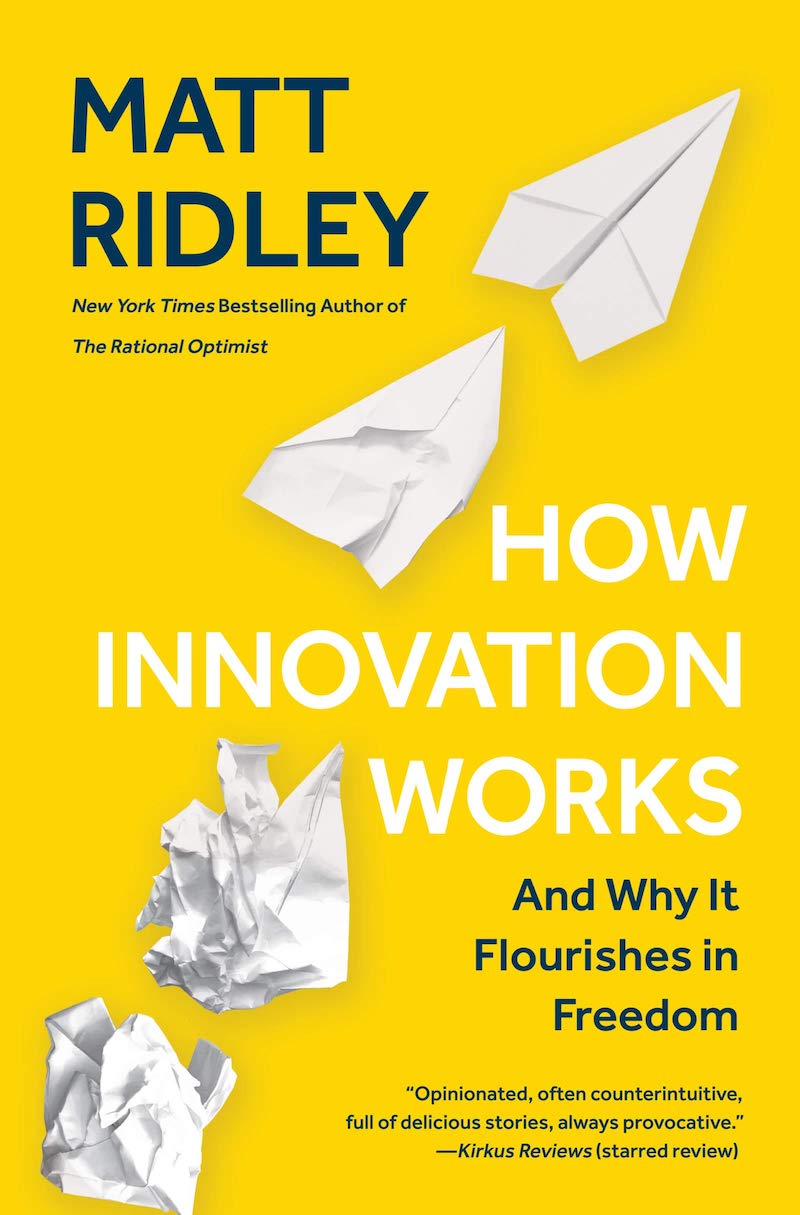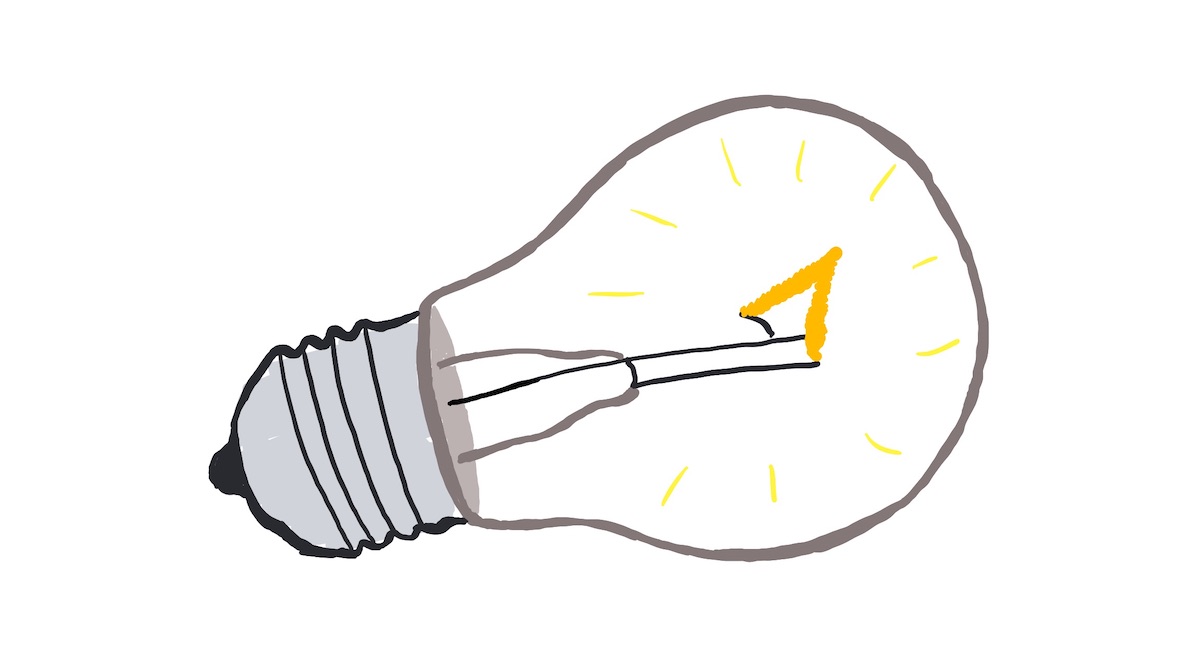
How Innovation Works
And Why it Flourishes in Freedom
by
- Nonfiction
- Shelves: science, history, economics, progress
- 320 pages
- ISBN: 9780062916617 (Goodreads)
- Format: Kindle
- Buy on Amazon
Summary
Innovation is an evolutionary phenomenon, a bottom-up, organic combination of thousands of small developments, building upon one another to result in combinatory development of technologies that make life better, cheaper, and more available to more people.
Free societies permit the open exchange of ideas. Top-down, centrally-planned societies (even those that desire and pay lip service to innovation) inevitably stifle, interfere with, and inappropriately divert resources away from innovation.

How Innovation Works is replete with historical examples of well-known (and not-so-well known) innovations of the past. There’s essentially no area of invention that wasn’t a story of incremental, step-by-step experimental progress. In known cases of centrally-directed innovation — the Manhattan Project, the Apollo program, the Interstate Highway System — there’s an alternative perspective that showcases how many of the innovations developed were, at ground level, more gradual and organic than they appear in hindsight. But Ridley also is happy to concede that it isn’t impossible for innovation to happen when directed by government, just that it’s rarely how it happens.
Key Takeaways
- Innovation is gradual (even though it doesn’t appear that way as told by historians), founded on trial and error, involves teamwork, and proliferates in decentralized environments
- Innovation is different from invention — invention is the creation or discovery of a new core scientific advancement, theory, or technology; innovation is the process of making it affordable, practical, and attainable
- Innovation is the offspring of free societies and the “parent of prosperity”